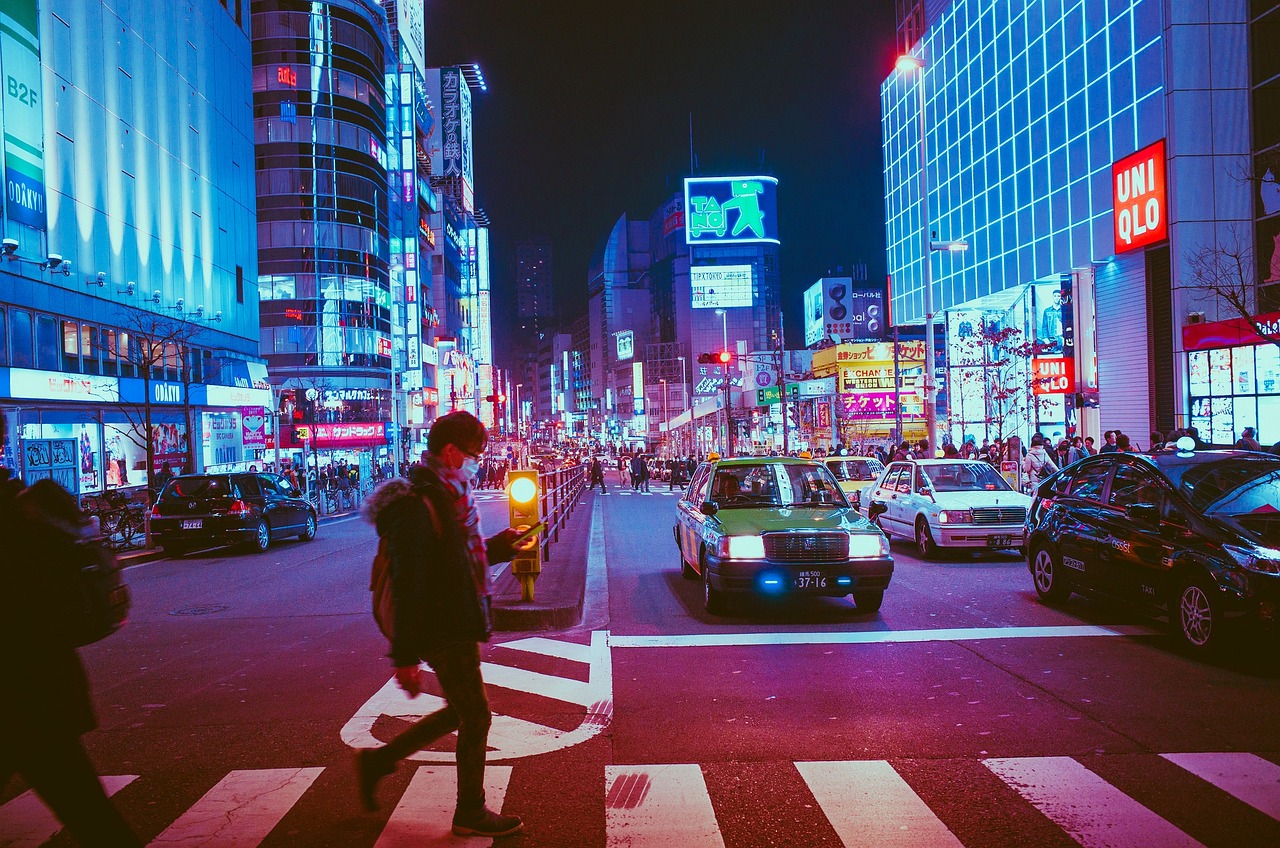
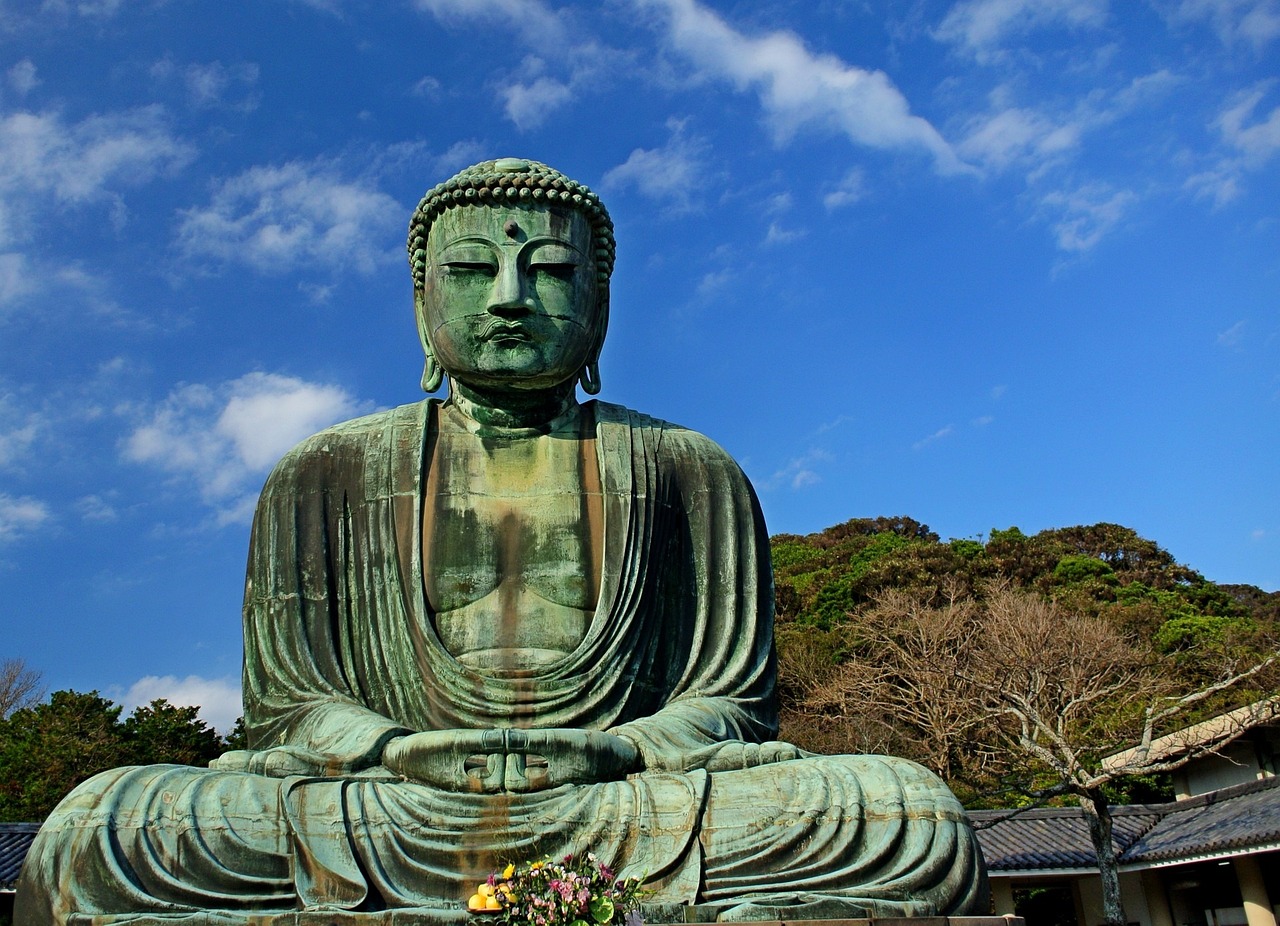
Kamakura
Kamakura is a city located in Kanagawa Prefecture, about 50 km south-south-west of Tokyo. Kamakura has a wide, sandy beach which, in combination with the temples and the proximity to Tokyo, makes it a popular tourist destination. There are more than 170 Buddhist temples and 40 Shinto shrines in the entire area of Kamakura. Kamakura is more than just a romantic town of old temples and quaint shops. It was once the capital of all Japan, during the Kamakura Period(1185-1333).
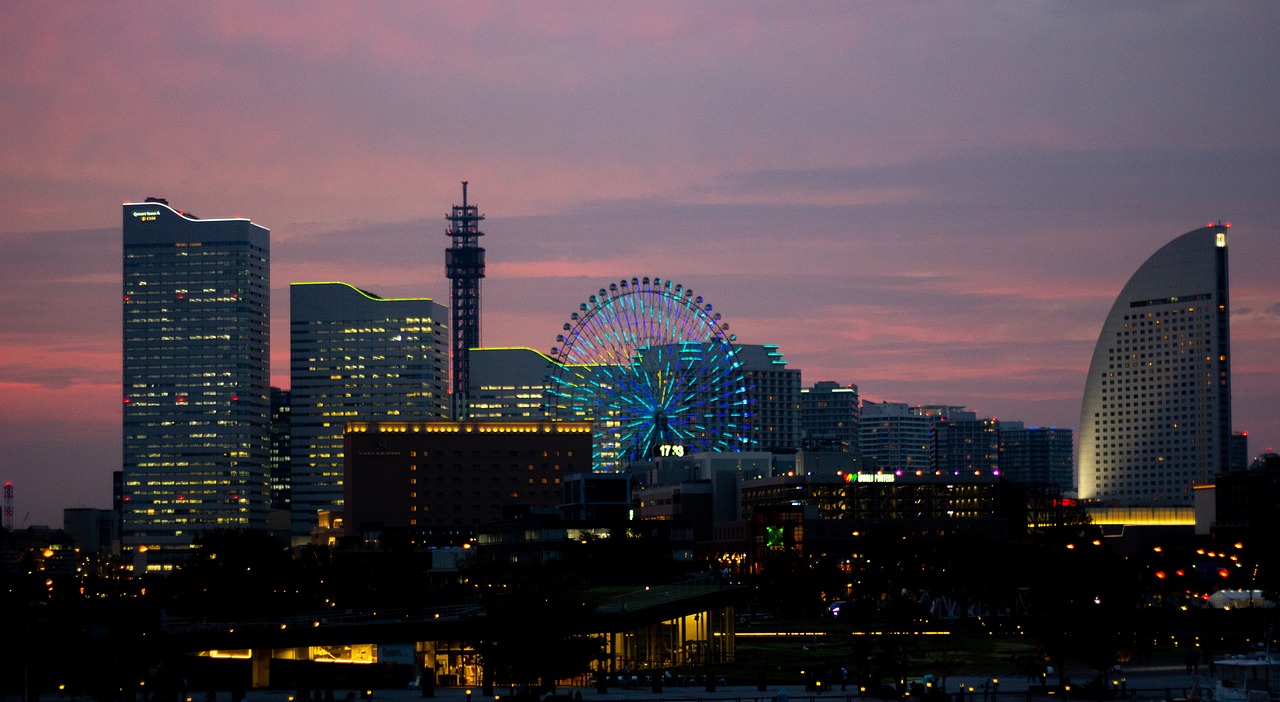
Yokohama
It all began when Japan opened its doors to foreigners in the 1850s. Yokohama was the main entranceway and soon became Japan's most international city. The Yokohama Chinatown is the largest in the world outside of China. There are more than 200 Chinese restaurants. Yokohama remains the main seaport of the Kanto area. Osanbashi Pier is the docking spot for all international cruises.
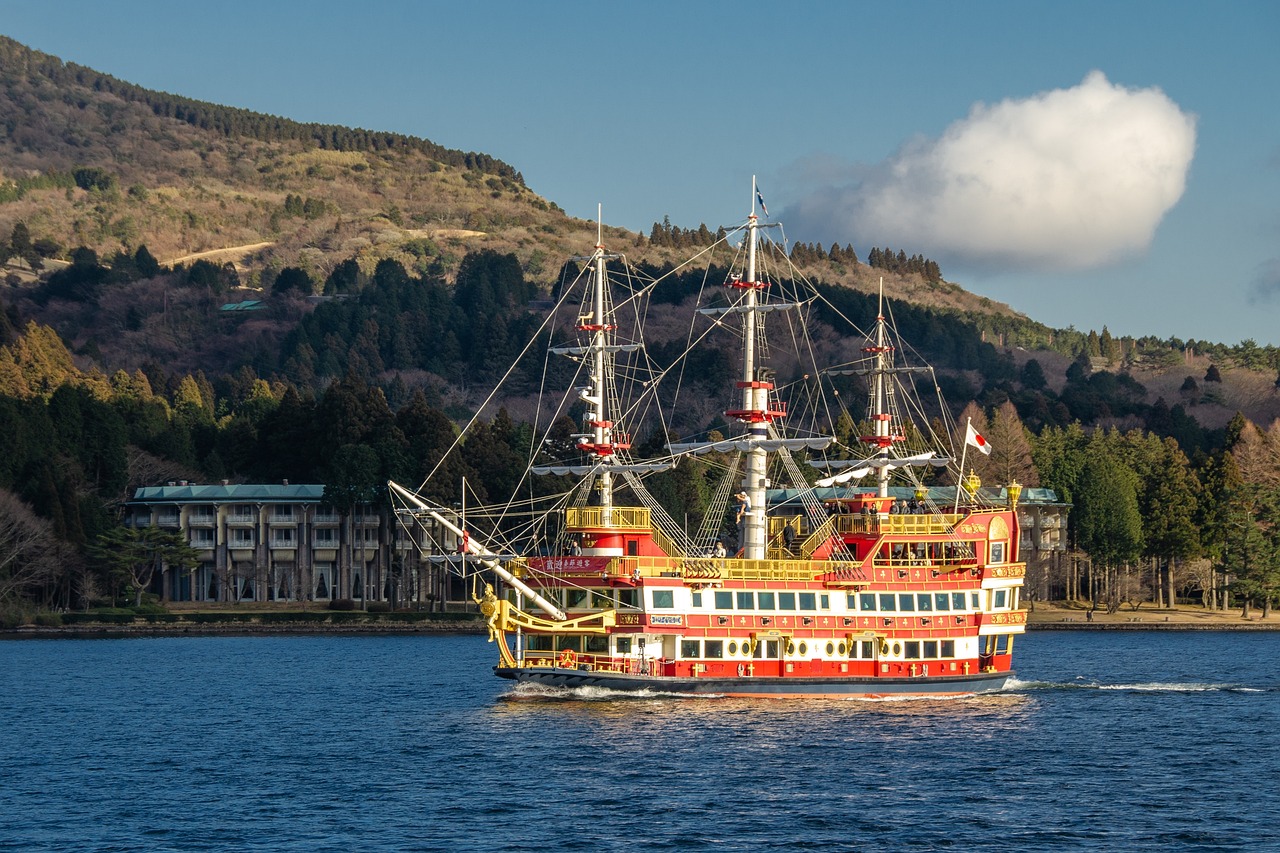
Hakone
Hakone, a town with a population of about 10,000, hosts some 20 million visitors a year thanks to its convenient location less than two hours from Tokyo by train or car. With mountains, a lake, hot springs, and 400 hotels and inns, Hakone is frequently the next destination for tourists from abroad after they have visited Tokyo. The most popular part of Hakone is around Lake Ashi, where the view of Mt. Fuji in good weather is just like a picture postcard. The reason people can enjoy hot springs in Hakone is because the area has been volcanically active for the past 400,000 years. As a result of continuous eruptions, Hakone has a complex topography consisting of a caldera with a central volcanic cone surrounded by a double outer rim of mountains.
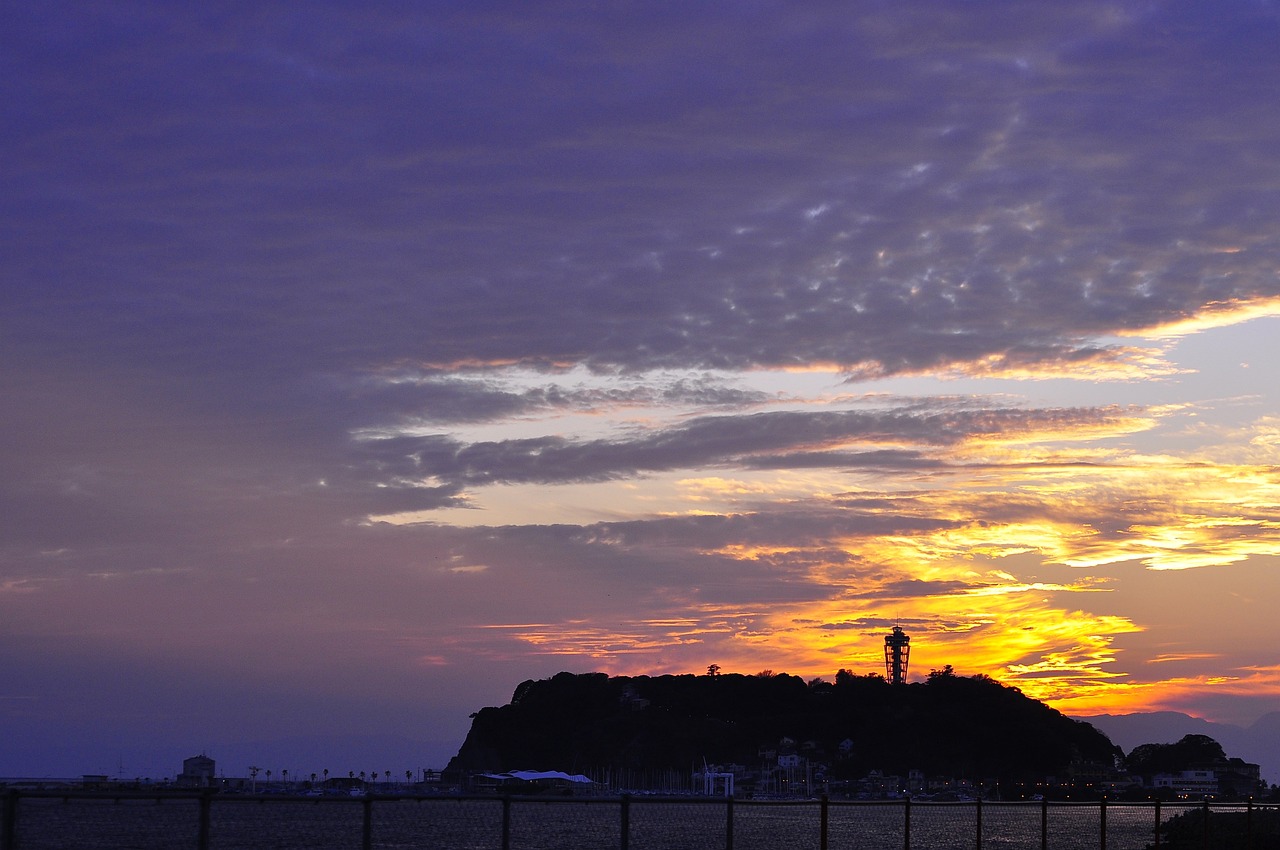
Enoshima
A day trip to Kamakura often included a visit to Enoshima. Enoshima was the site of a Buddhist temple built in1182 at the behest of Minamoto-no-Yoritomo. It contained a nude image of Benten, the Indian Goddess of Music, whose symbol is the lute known as a biwa. Following the government-mandated separation of Shinto and Buddhism after the Meiji Restoration(1868), the temple was converted to a shrine dedicated to three Shinto goddesses. The shrine is at the end of approach lined by shops and inns. The image of Benten is still enshrined in a grotto.
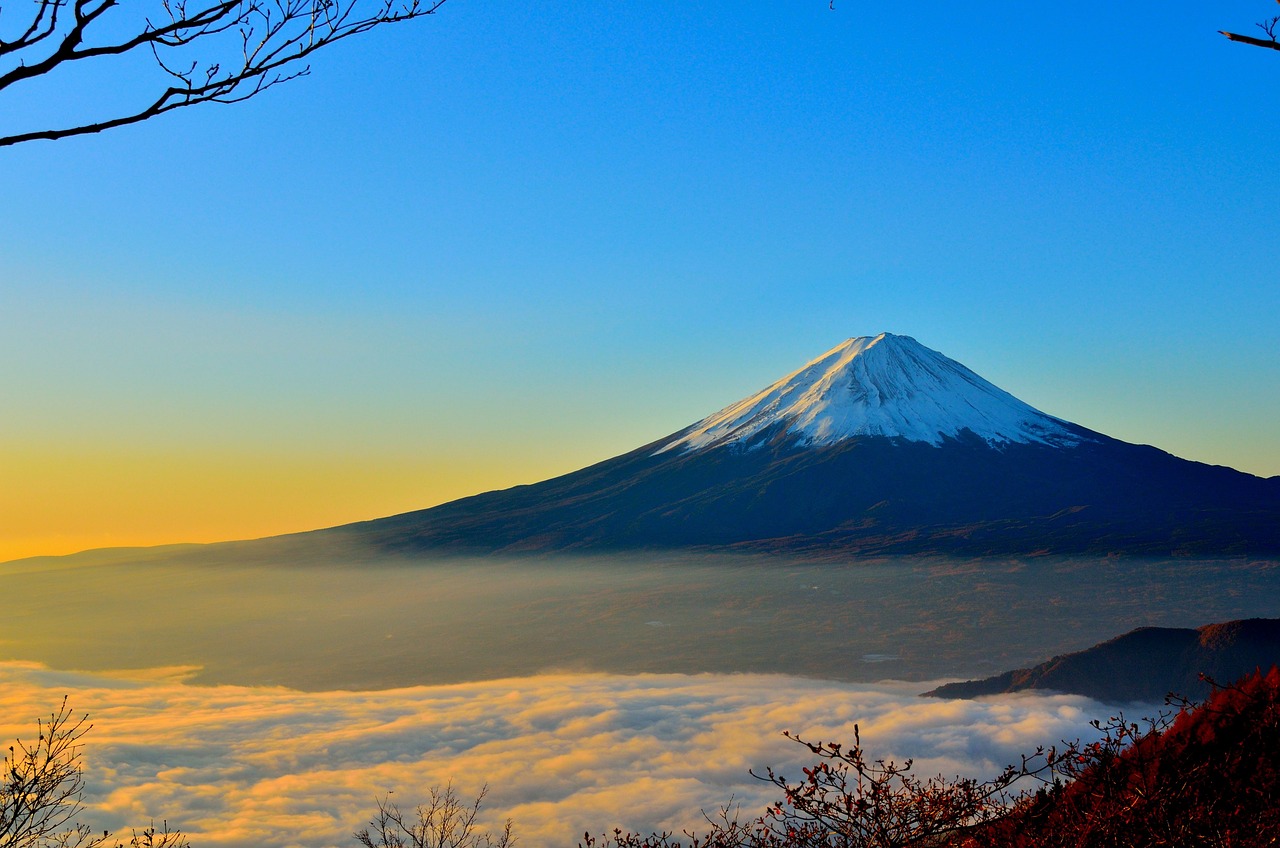
Mt. Fuji
The Hero of Japanese Tourism!
With an altitude of 3,776m, Mt. Fuji is the highest peak in Japan. Because of its graceful shape it has been worshiped as a sacred mountain since ancient times and frequently depicted in paintings and poetry. Mt. Fuji was registered as a World Heritage site in 2013 in recognition of its value as a "sacred place and source of artistic inspiration". It has erupted repeatedly, acquiring its present shape about 10,000 years ago. Eruptions took place frequently up until the Heian period (794-1185). The most recent one occurred on Fuji's southeastern flank in 1707, creating the Hoei crater, still prominent today. That eruption lasted 16 days and volcanic ash piled up 5 to 10 cm deep in Edo, 100 km away. It is still considered an active volcano.
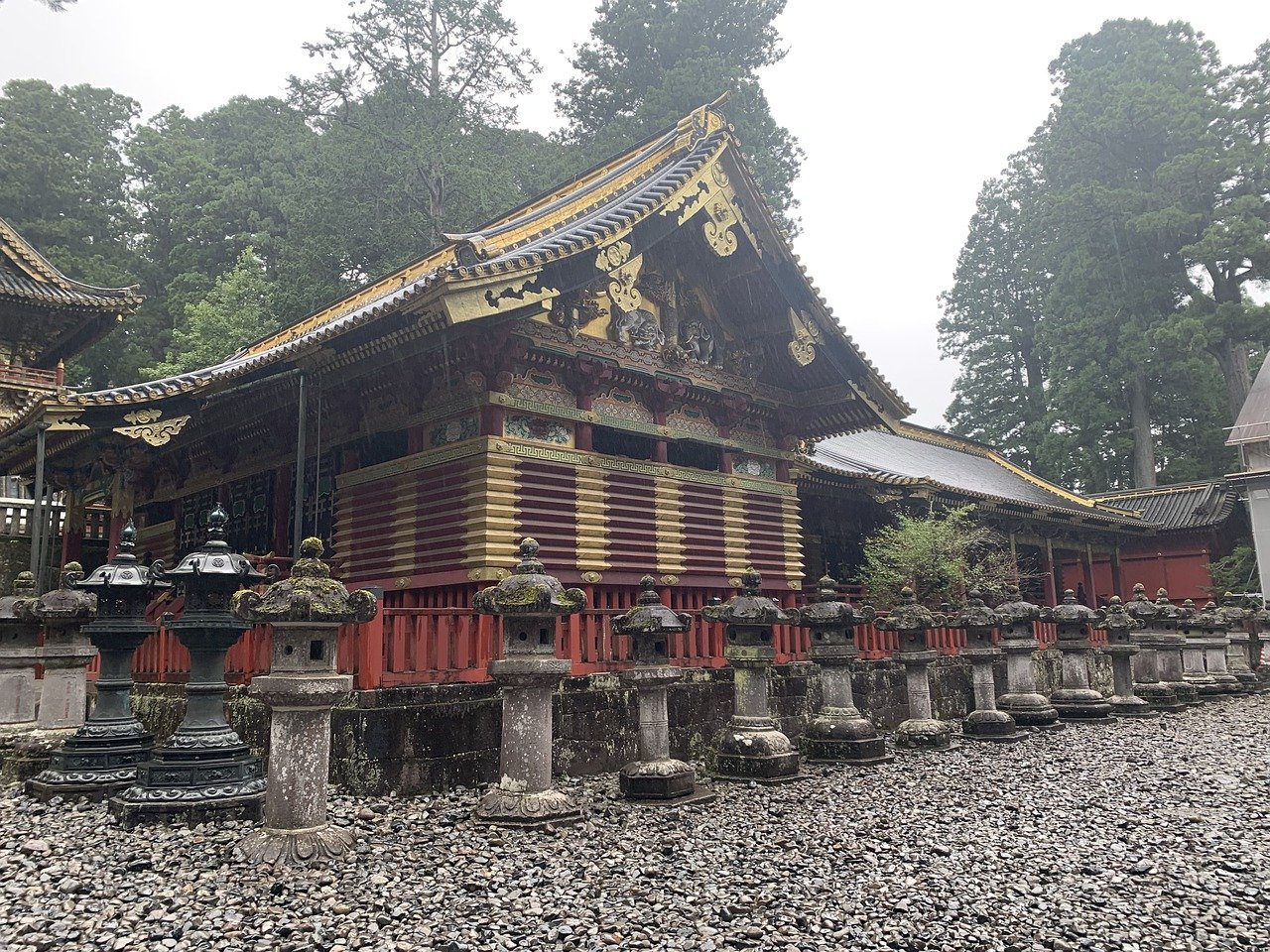
Nikko
The beauties of nature and Craftsmanship
The charm of Nikko is that one can enjoy both the natural beauty of its mountains, lakes and many waterfalls—sacred places to mountain ascetics since the Nara period—and the magnificent craftsmanship of the Toshogu shrine complex, constructed by the Tokugawa Shogunate as the mausoleum of the 1st Shogun, Ieyasu. About 150 km north of Tokyo, Nikko can be reached from the capital by car or train in around two hours. Due to the big difference in its daytime and nighttime temperatures, the area is famed for its beautiful autumn colors. And because it is so cool in the summer that it has been described as a "natural refrigerator", Nikko is a popular summer retreat. In 1999, 103 buildings belonging to the Toshogu and Futarasan shrines and Rinno-ji temple were registered as a UNESCO World Heritage site.
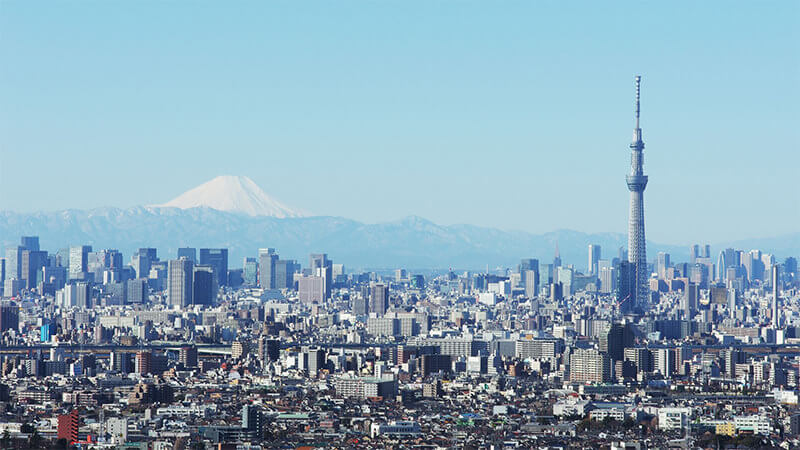
Tokyo
Japan's No.1 city
The prefecture of Tokyo-to, or Tokyo Metropolis, has a population of 13.7million, about 10 % of all of Japan. Tokyo creates 20 % of Japan's GDP, and has more than half of the listed companies in the country. The National Diet is in Tokyo, as are most central government offices. What is now Tokyo was originally Edo, a small fishing village until Tokugawa Ieyasu, later to become shogun, occupied it in 1590 and renovated Edo Castle. Ieyasu also filled in parts of Edo Bay and built waterworks to secure a water supply for the increasing population, setting the stage for Edo's growth into the world's largest city by the 18th century, with a population of about 1 million.
